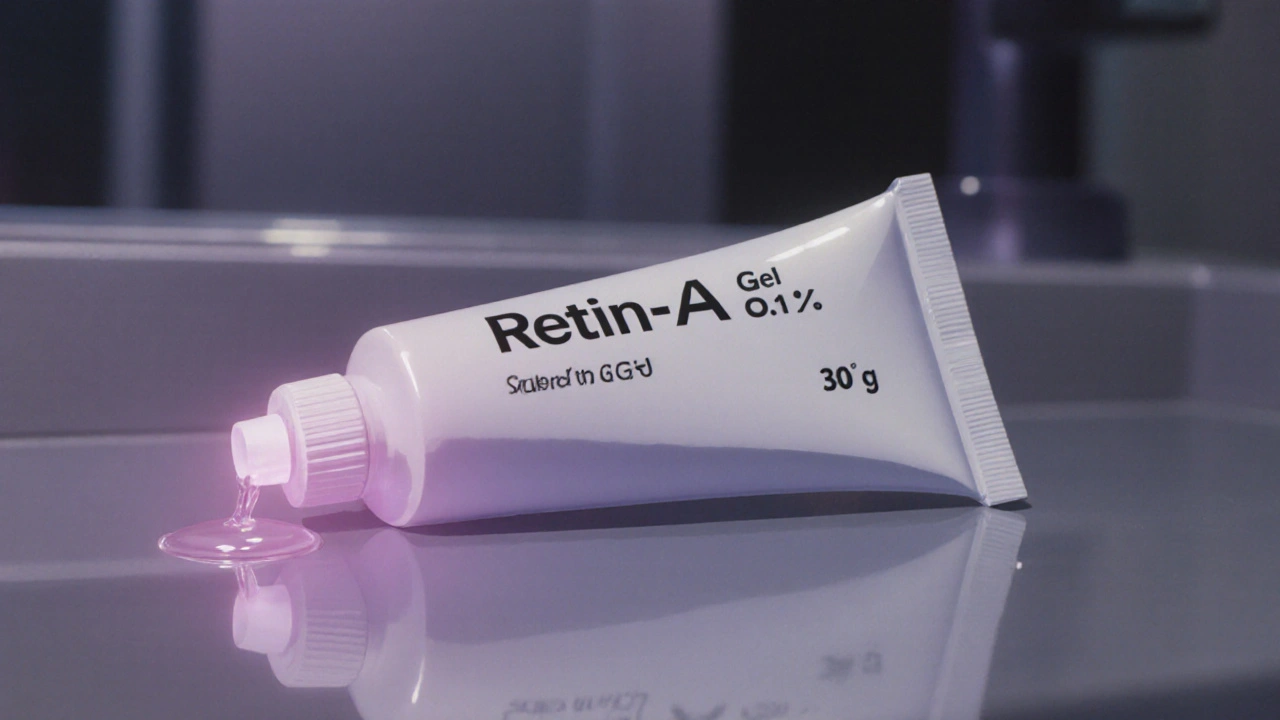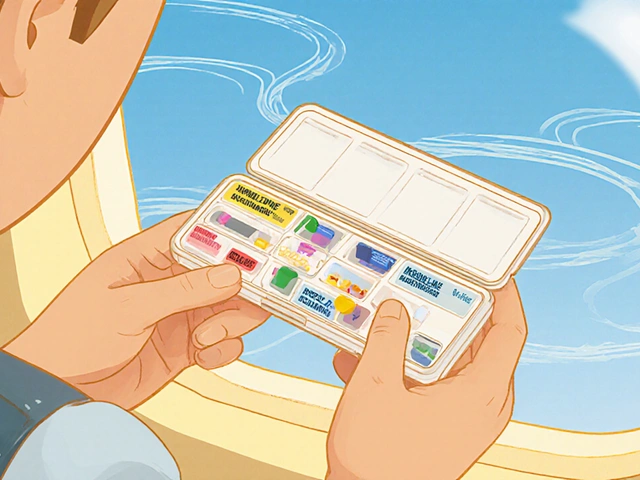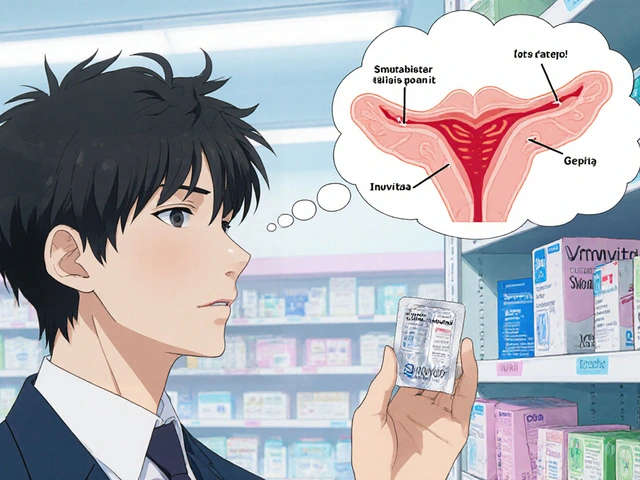Prescription Retinoids: What They Are and Why They Matter
When talking about Prescription Retinoids, synthetic vitamin A derivatives prescribed by doctors to treat acne, psoriasis, and signs of aging. Also known as RX retinoids, they work by speeding up skin cell turnover and reducing inflammation. Prescription retinoids are only available with a clinician’s approval because they can cause strong side effects if misused.
Key Types and How They Differ
The most common prescription retinoids fall into three groups. First, Tretinoin, a topical cream or gel best known for treating acne and improving fine lines directly targets the skin’s surface. Second, Isotretinoin, an oral medication used for severe, cystic acne that hasn’t responded to other treatments works system‑wide and can reshape oil‑gland activity. Third, Adapalene, a newer topical retinoid that’s gentler on sensitive skin while still clearing pores. Each variant shares the core mechanism—binding to retinoic acid receptors—but varies in potency, application method, and risk profile.
Because prescription retinoids affect cell growth, dermatologists often pair them with moisturizers or sun protection to mitigate irritation. Understanding the relationship between prescription retinoids and skin health helps patients set realistic expectations: you’ll see gradual improvement over weeks, not overnight miracles. And while they’re powerful, the right product for your skin type, severity of condition, and lifestyle is what determines success.
Beyond acne, these agents play a role in other fields. In dermatology, tretinoin is a staple for treating photo‑aged skin, while isotretinoin is sometimes prescribed off‑label for severe rosacea. Adapalene, with its lower irritation rate, is gaining traction for maintenance therapy after a breakout clears. The choice of retinoid often reflects the clinical goal—whether it’s rapid lesion reduction, long‑term skin renewal, or a balance between efficacy and comfort.
Safety considerations are non‑negotiable. Oral isotretinoin requires strict pregnancy testing and monthly monitoring due to teratogenic risk. Topical forms can cause redness, peeling, and increased sun sensitivity, so daily sunscreen use is a must. Knowing which side effects belong to which retinoid lets patients and clinicians adjust dosage or switch agents before problems become severe.
Our collection below pulls together expert reviews, dosing guides, and head‑to‑head comparisons. You’ll find deep dives on how tretinoin stacks up against newer alternatives, practical tips for minimizing irritation, and real‑world experiences with isotretinoin therapy. Whether you’re a first‑time user or a seasoned dermatologist, the articles ahead give you the facts you need to choose and use prescription retinoids wisely.
Retin‑A Gel 0.1% vs Other Tretinoin Options: Detailed Comparison
By Lindsey Smith On 22 Oct, 2025 Comments (13)

A detailed look at Retin‑A Gel 0.1% versus other tretinoin options, covering efficacy, side‑effects, cost and how to choose the best retinoid for your skin.
View More




